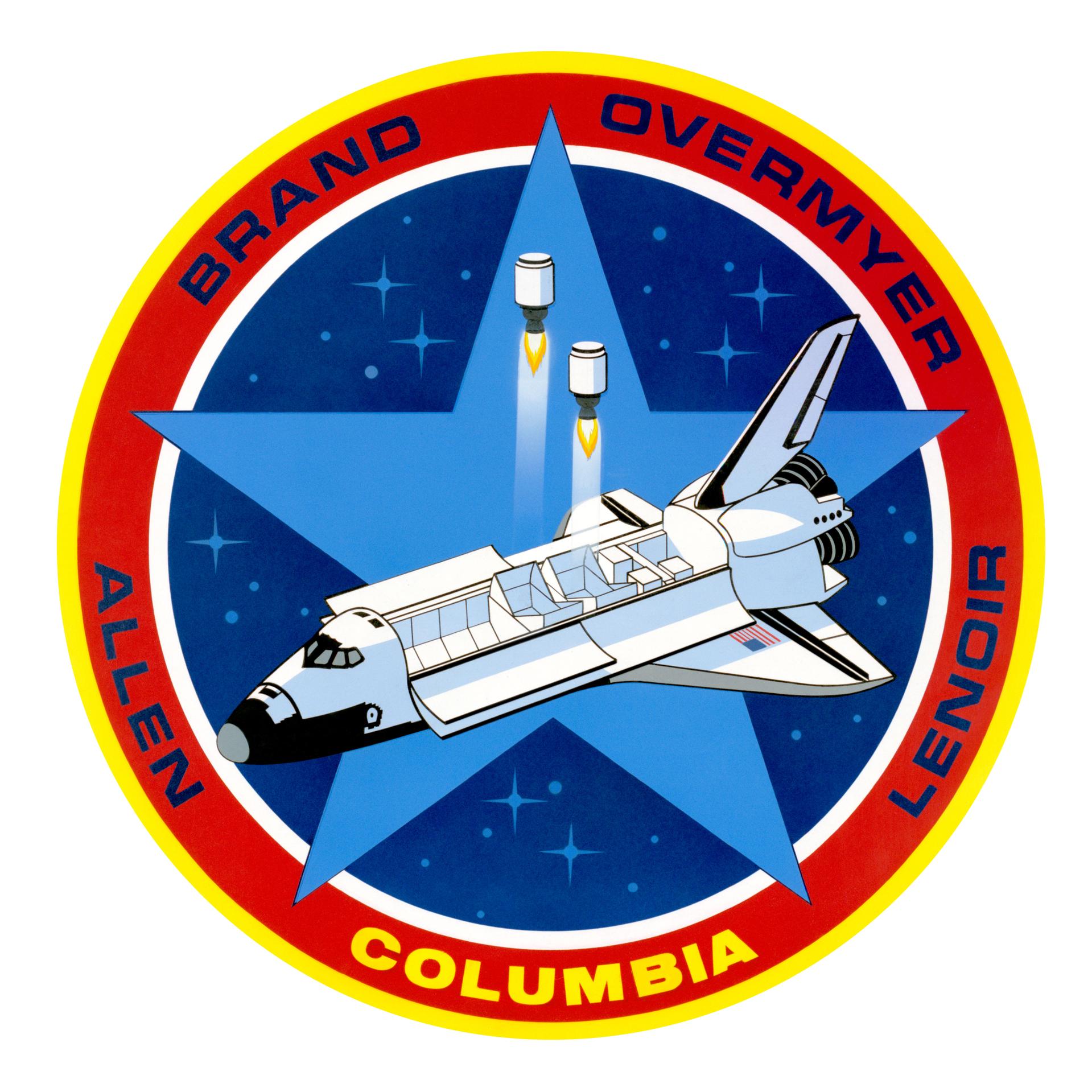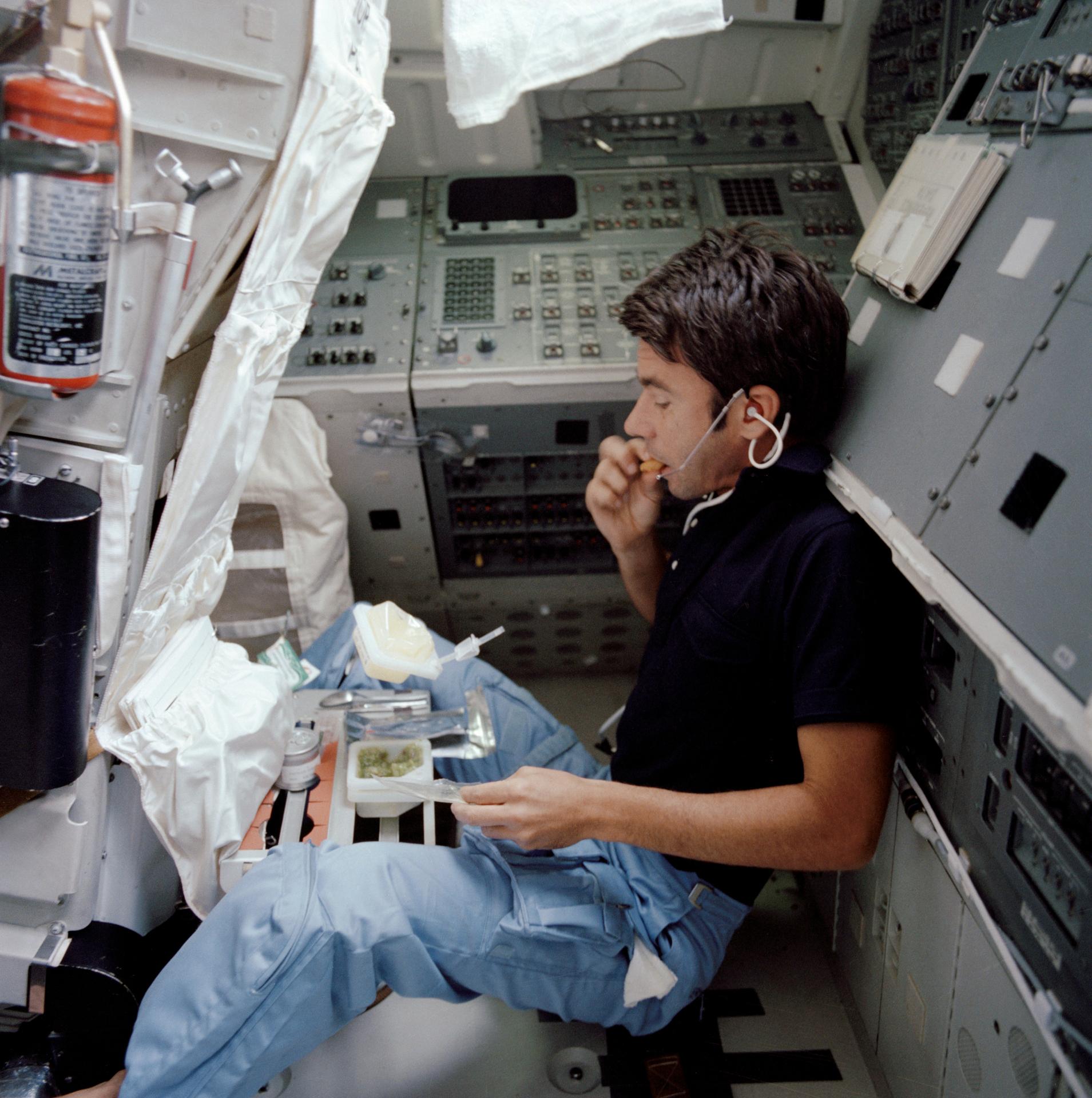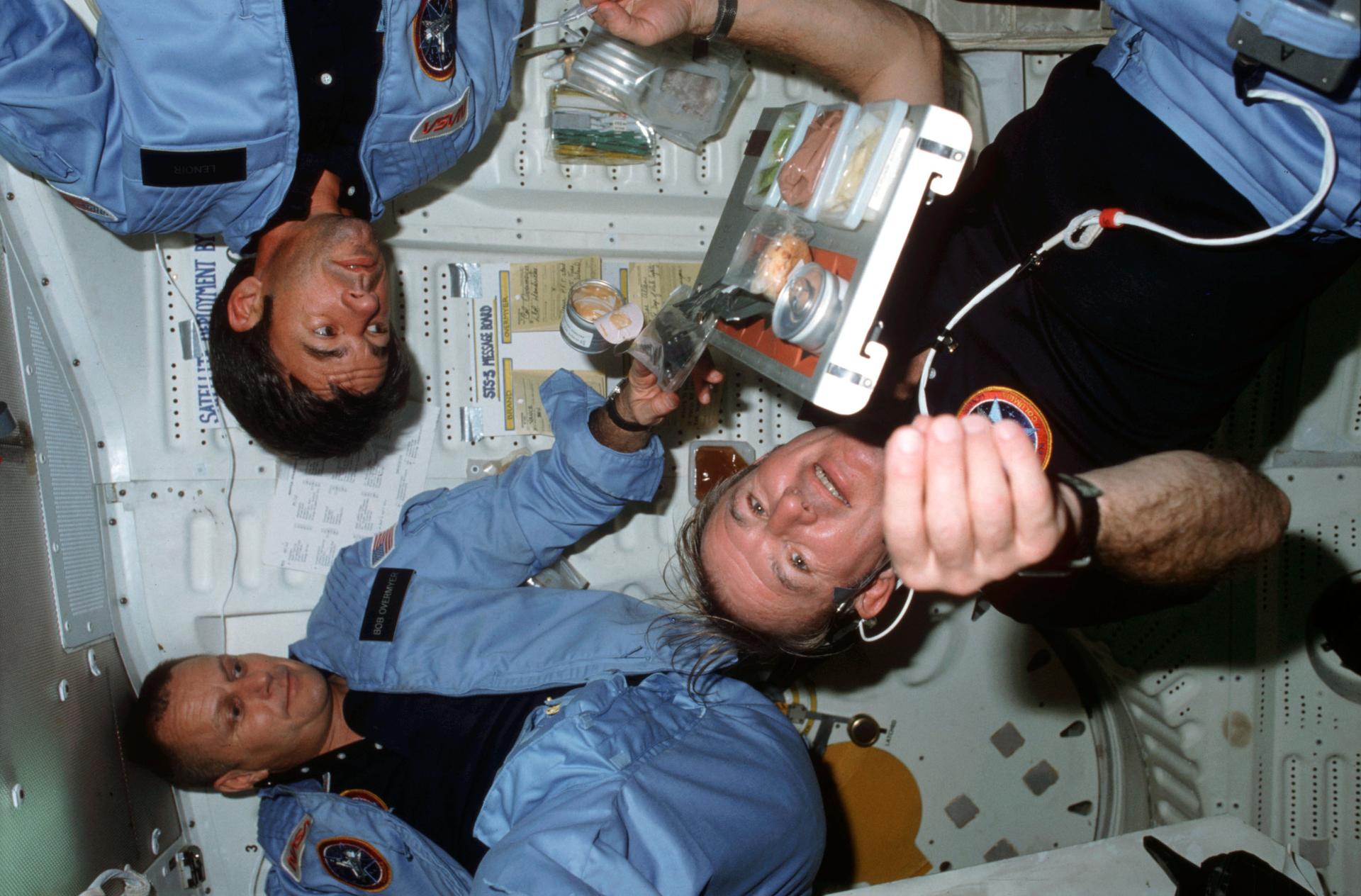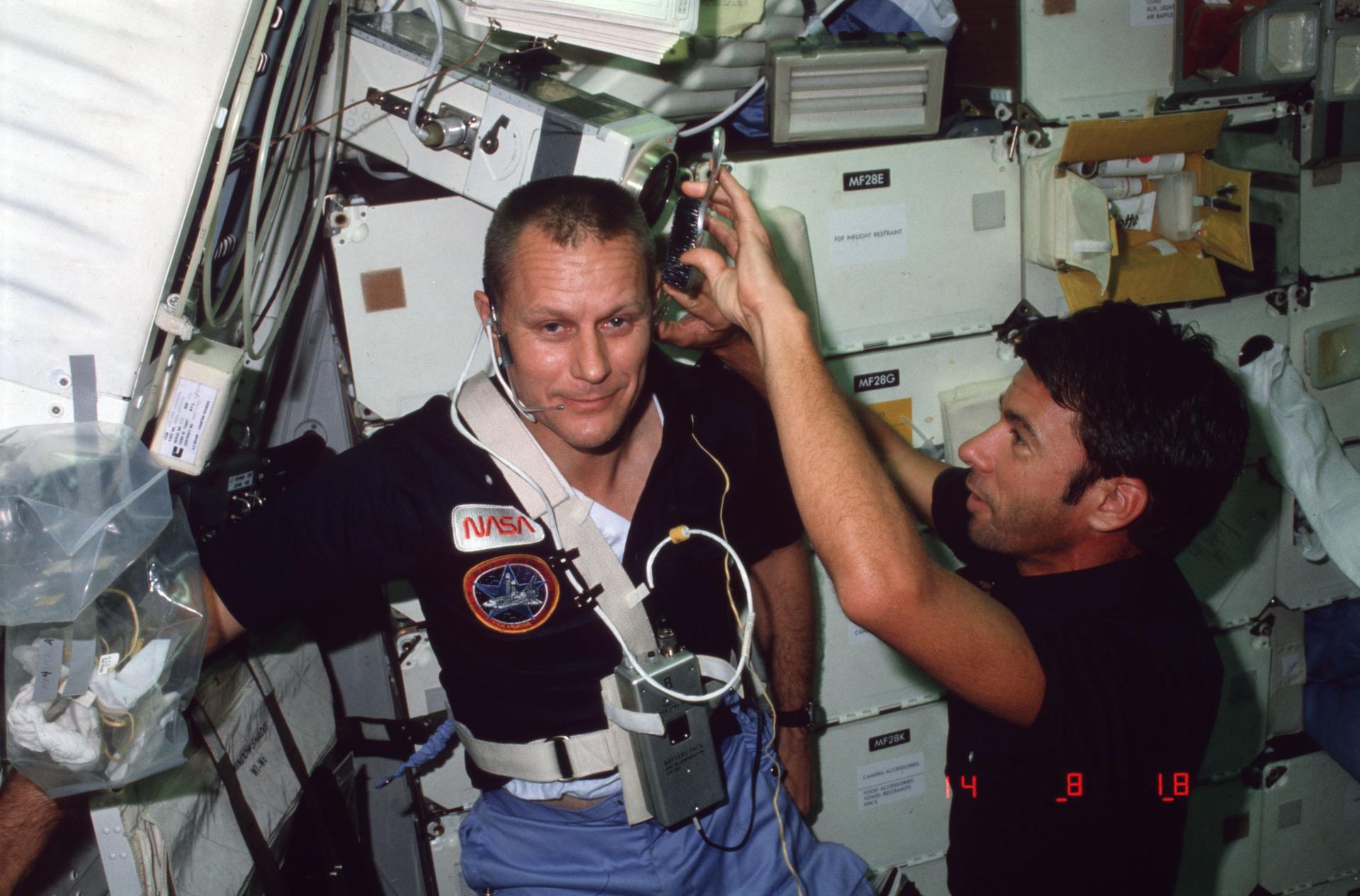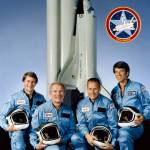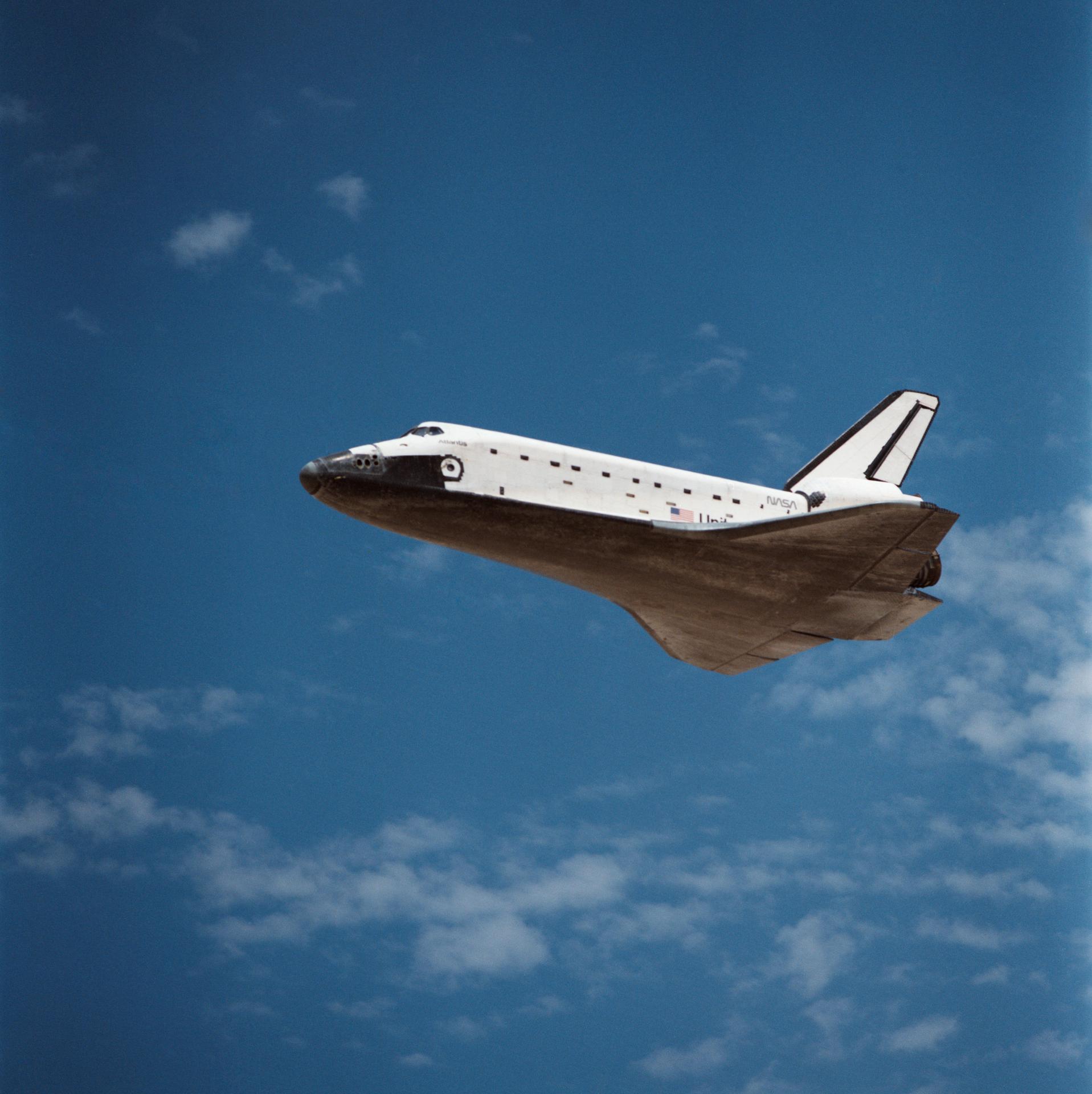
STS-5
The first operational mission of the Shuttle, which deployed two commercial satellites.
Orbiter
Mission Duration
Launch
Landing
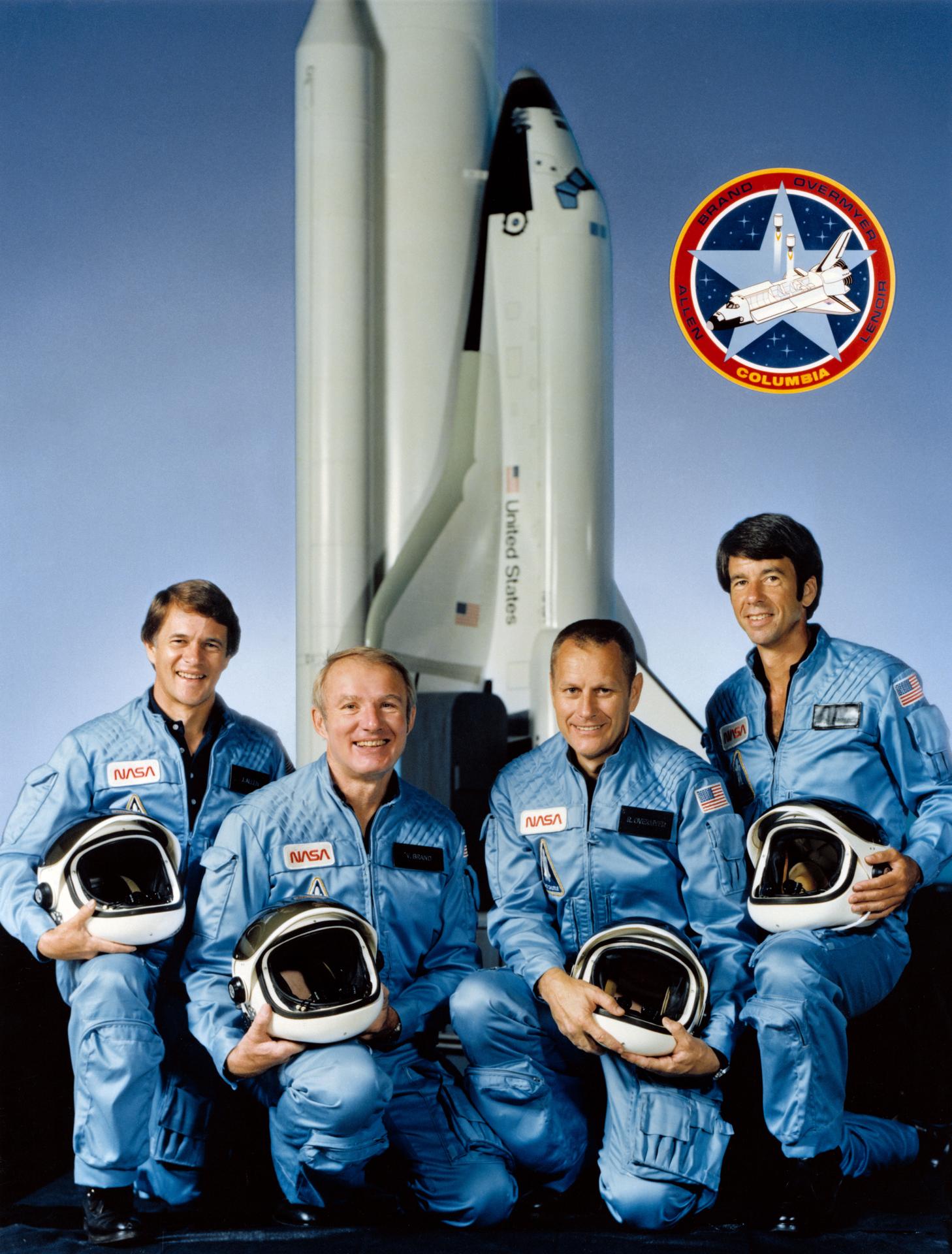
Vance D. Brand
Commander
Astronaut Vance D. Brand was of the 19 astronauts selected by NASA in April 1966. Over his career he flew on four space missions. He was Apollo command module pilot on the Apollo-Soyuz Test Project (ASTP) mission in 1975. Brand later commanded space shuttle flights STS-5, STS-41B, and STS-35 in 1982, 1984 and 1990 respectively. He has logged 746 hours in space.
Read More
Robert F. Overmyer
Pilot
Robert F. Overmyer was selected as a NASA astronaut in 1969 after the MOL Program was canceled. He was a support crew member for Apollo 17 and the Apollo-Soyuz Test Project. In 1976, he was assigned duties on the Space Shuttle Approach and Landing Test (ALT) Program and then served as the pilot on the STS-5 and commander of STS 51-B Shuttle flights.
Read More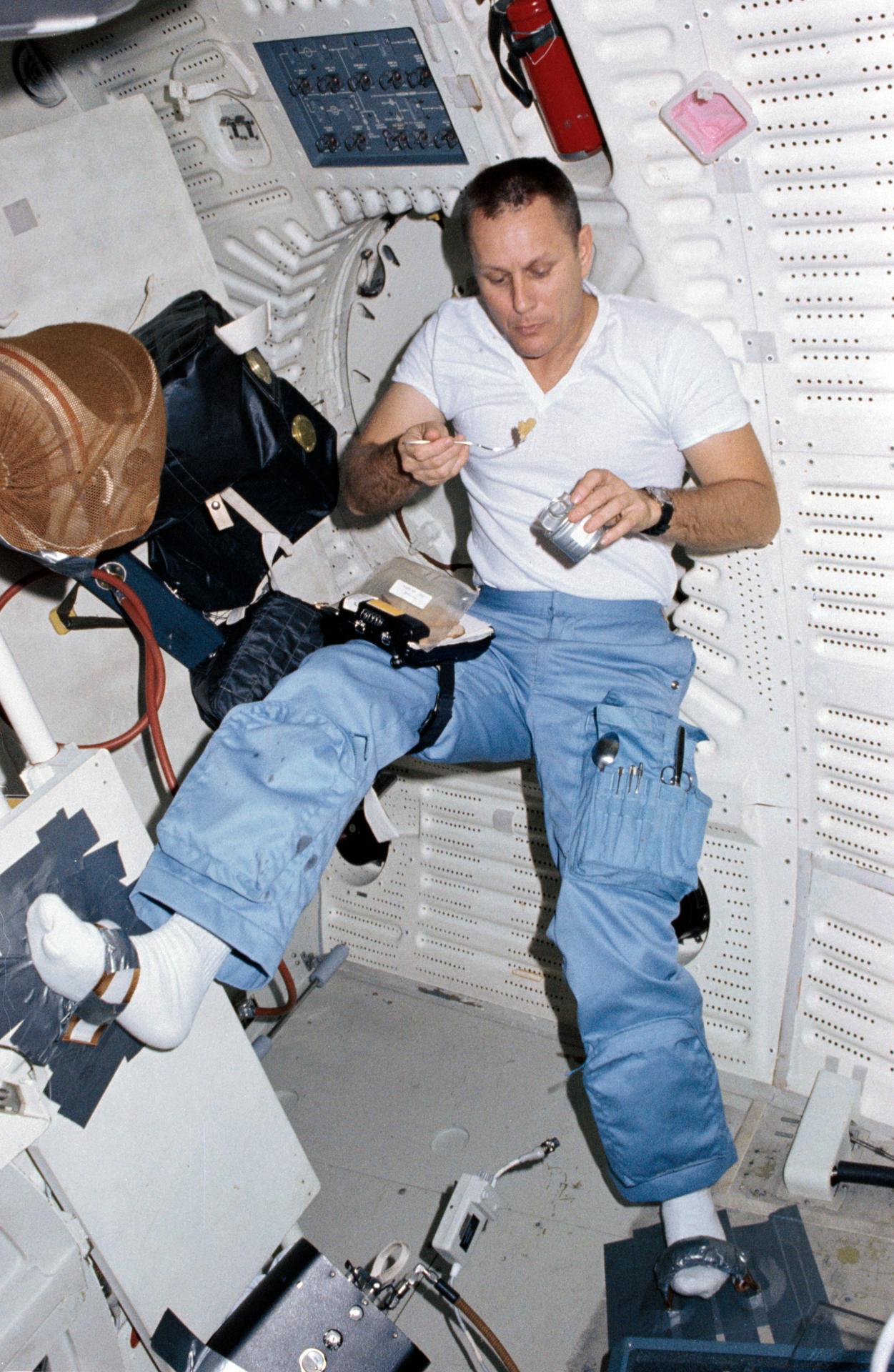
Joseph P. Allen
Mission Specialist
Dr. Joseph Allen was a research associate in the Nuclear Physics Laboratory at the University of Washington prior to his selection as an scientist-astronaut in August 1967. He was a mission specialist on STS-5 and STS-51A and has logged a total of 314 hours in space.
Read More
William B. Lenoir
Mission Specialist
Dr. William Lenoir was selected as a scientist-astronaut by NASA in August 1967 and was a backup science-pilot for Skylab 3 and 4. He travelled to space on STS-5 and then took a role in the Astronaut Office.
Read More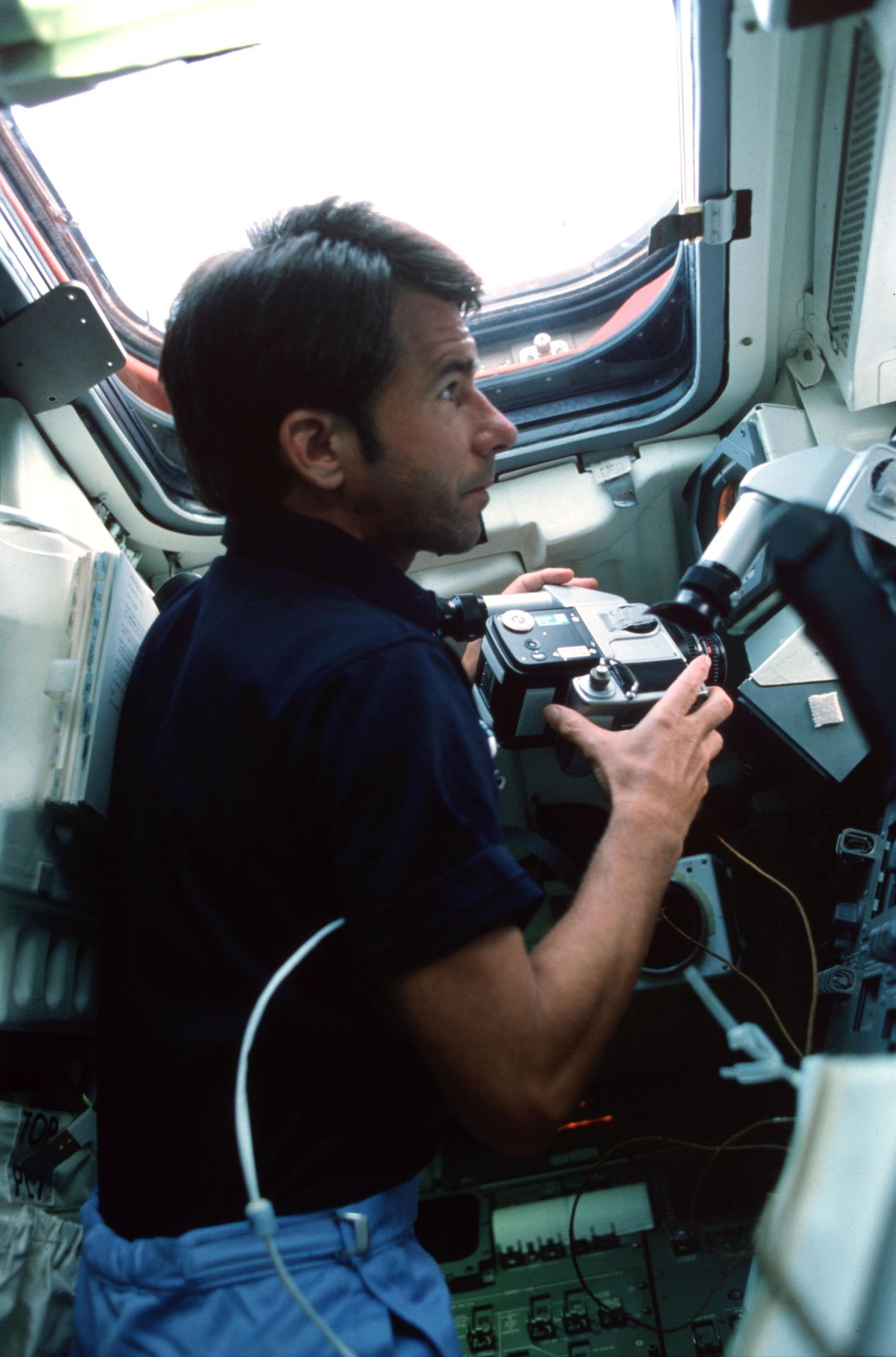
Mission: Commercial Communications Satellites (ANIK C-3)/Satellite Business Systems (SBS-C)
Space Shuttle: Columbia
Launch Pad: 39A
Launched: Nov. 11, 1982 at 7:19:00 a.m. EST
Landing Site: Edwards Air Force Base, Calif.
Landing: Nov. 16, 1982 at 6:33:26 a.m. PST
Runway: 22
Rollout Distance: 9,553 feet
Rollout Time: 63 seconds
Revolution: 82
Mission Duration: 5 days, 2 hours, 14 minutes and 26 seconds
Returned to KSC: Nov. 22, 1982
Orbit Altitude: 184 nautical miles
Orbit Inclination: 28.5 degrees
Miles Traveled: 2.1 million
Mission Highlights
This first shuttle operational mission deployed two commercial communications satellites, ANIK C-3 for TELESAT Canada and SitS-C for Satellite Business Systems. Each satellite was equipped with a Payload Assist Module-D (PAM-D) solid rocket motor, which fired about 45 minutes after deployment, placing each satellite into a highly elliptical orbit. One Get Away Special and three Shuttle Student Involvement Program (SSIP) experiments were conducted. The first scheduled space walk of the shuttle program was canceled due to a malfunction of the space suit.
40 Years Ago: STS-5, Columbia’s First Satellite Deploy Mission
On its fifth trip into space in November 1982, space shuttle Columbia’s STS-5 mission set a number of firsts. NASA…
Read the Story
STS-5
Latest Shuttle Content
Stay up-to-date with the latest content from NASA as we explore the universe and discover more about our home planet.
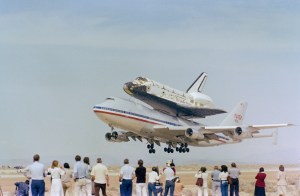
On March 24, 1979, space shuttle Columbia arrived at NASA’s Kennedy Space Center (KSC) for the very first time. Following…
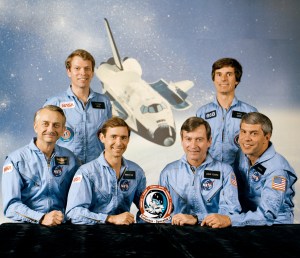
On Nov. 28, 1983, space shuttle Columbia took to the skies for its sixth trip into space on the first…
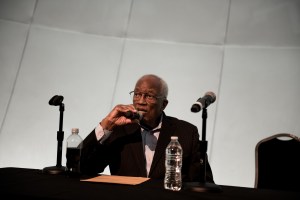
In celebration of the 40th anniversary of the space shuttle Challenger’s STS-8 mission, former astronaut Dr. Guion “Guy” Bluford, the…



























